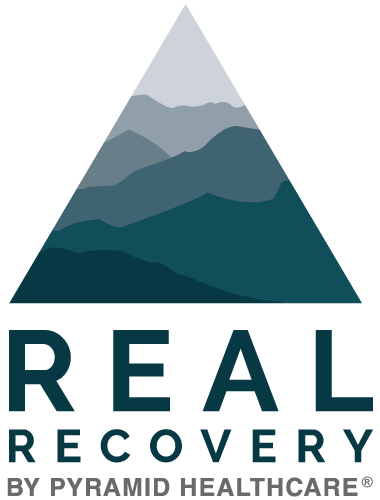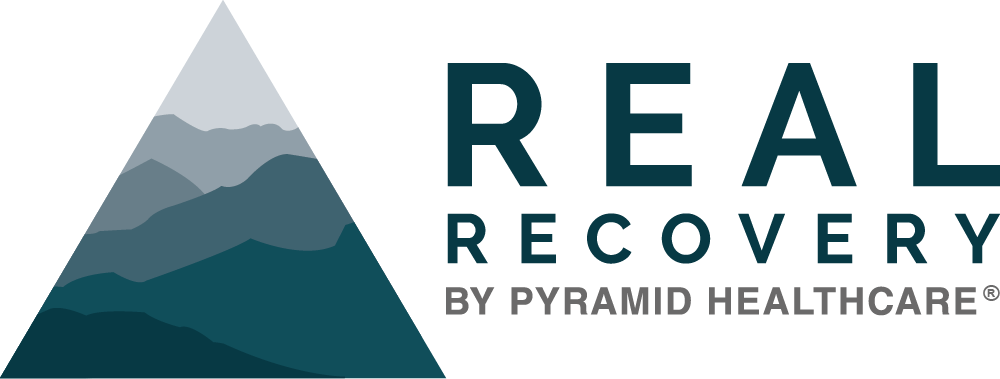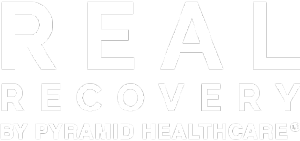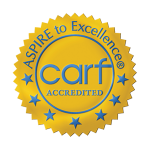The period of recovery is anything but a straight path. While many people who have never faced addiction may think that getting sober is as simple as attending rehab and living a normal life free from substances, the reality is anything but that. A substance use disorder is a medical condition in which the brain is rewired to think and behave a certain way. Undoing the effects of addiction is not always clear-cut and relapse sometimes happens.
One of the trickiest parts of recovery is understanding relapse, the difference between a slip and a full-fledged relapse and how much of a back slip requires another round of rehab. In this article, we’ll answer your burning questions, and offer useful information on relapse rates and warning signs of impending relapse.
Does one drink break sobriety?
Sobriety is often defined as complete abstinence from alcohol or drugs. By this definition, a single drink or use of a drug is enough to break a streak of sobriety. If you’ve attended a 12-step meeting that begins with introductions and time since last use, this is the measure most often used. Since the goal of sobriety is to completely cut alcohol out of your life, even one drink can be a setback (but, of course, a setback that can be overcome).
It’s an entirely different question to wonder if one drink breaks your chances of recovery. While the terms “sobriety” and “recovery” are often used interchangeably, the process of recovery is used more leniently in terms of abstinence from substances. One drink or use of a drug does not ruin recovery, and it’s common for individuals to relapse numerous times before leaving the substance behind for good.
What is considered a relapse?
Relapse is another term that doesn’t have a universal definition. Some consider a single use of a drug or alcohol (even a small dose or a single drink) to be a relapse. Generally, though, this is more appropriately called a slip-up. A slip-up tends to be a one-time action that occurs unexpectedly and impulsively.
A true relapse, on the other hand, refers to repeated use of a drug in high doses or frequent binge drinking. A single slip-up may not result in a full-fledged return to addiction that is just as bad as it was prior to treatment, but relapse does. Relapse is much more dangerous and much more serious than a slip-up, but it often begins with a slip-up and failure to take appropriate steps to stop the behavior from spiraling.
A single use of substances is generally able to be overcome by an individual who has a good support system, attends outpatient treatment or a peer-led program and understands the triggers that led to substance use. Someone who experiences a relapse, even with the right support, will generally need treatment to detox again.
Relapse doesn’t necessarily refer to substance use either. Relapse can be behavioral as well, especially for those with co-occurring mental health disorders. For example, someone who struggles with addiction may experience a psychotic break and require hospitalization, fail to attend rehab, be charged with a crime and serve jail time or experience overwhelming stress. A relapse may not always refer to substance use but can refer to something that impacts recovery second-hand.
How common is relapse?
Relapse rates are difficult to determine from a broad lens. Relapse rates differ by substance, by history and intensity of addiction and by demographic features. While there isn’t an exact statistic because of the broad nature of relapse, the National Institute on Drug Abuse estimates that relapse rates for drug and alcohol addiction are between 40 and 60 percent.
Relapse doesn’t mean that treatment has been unsuccessful or that recovery is impossible. Any person can achieve complete freedom from drugs and alcohol. Relapse simply indicates that a more intensive level of treatment or a personal recommitment to treatment is necessary.
What are the warning signs of relapse?
Relapse is a scary reality, one many people will face in their journey toward long-term recovery. While relapse doesn’t mean it’s the end of the road, it’s certainly worth working to prevent. Meet with your care team to focus on relapse prevention, especially when you notice any of these relapse warning signs in yourself.
- You find yourself thinking about drugs or alcohol more frequently
- You struggle to control your thoughts about substance use
- You find yourself romanticizing past substance use
- You begin to minimize the consequences of drug use (can be identified by thoughts like “it didn’t really affect my life that much,” or “I was always able to keep a job through my addiction”)
- You find yourself justifying a single use of a substance, perhaps out of celebration for the amount of time you’ve been sober
- You begin to think that using again will relieve some of the tension and difficulty of recovery
- You start to plan ways to consume drugs or alcohol without anyone noticing
- You make contact with old friends with who you previously abused substances with
- You contact your old dealer
- You store cash for a time when you can use it to purchase drugs or alcohol
- You find yourself looking for excuses to justify substance use (can be identified by thoughts like “I’ve had a really long week at work,” or “I’m just feeling down but I will only drink for one night and then I won’t want to again”)
- You begin to avoid treatment, meetings call with your sponsor and so forth
- You isolate yourself
- You experience chronic pain
- You experience a difficult life transition
Regardless of the triggers that are tempting you to return to substance use, it’s important to reach out for help as soon as possible. When one or several of these relapse warning signs occurs, you’re better off working to prevent relapse than potentially dealing with the return of a full-blown addiction.
Real Recovery offers evidence-based treatment through a variety of programs to ensure that you’re getting what you need when you need it. Reclaim your life and call now.





